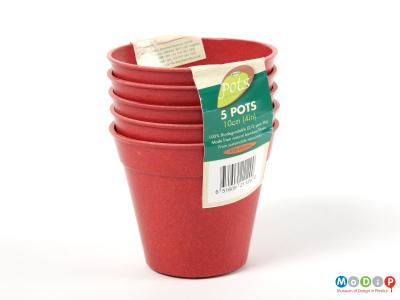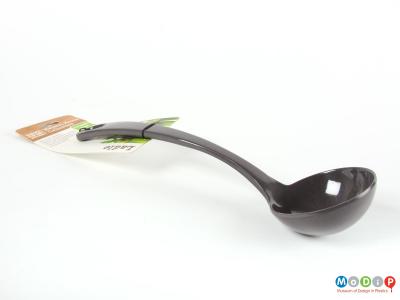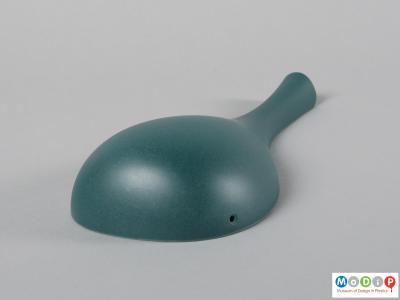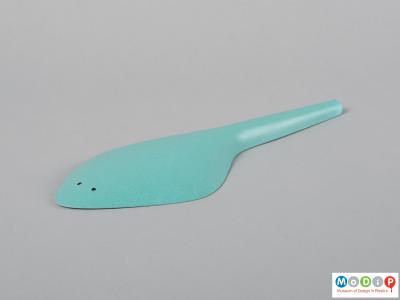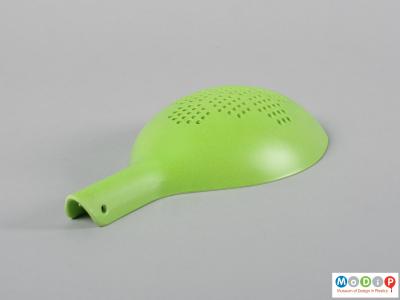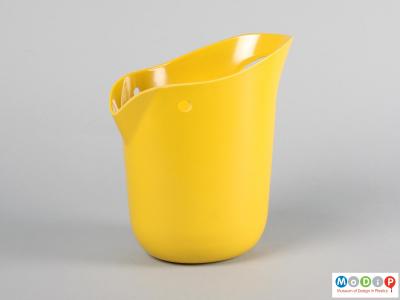Fossil fuels, from which conventional plastics are made, are a limited resource and so much effort has been put into the production of biomass plastics (biomass being a renewable energy source derived from living or recently living organisms) as a sustainable alternative. Although less harmful to the environment, the production of these materials is not without controversy. A balance needs to be found between land used to grow crops for bioplastic production and that used for food production; they may not be compatible with current recycling systems and release methane in landfill; and the material is not always identified clearly on the object. However, there are several different sources of sustainable feedstocks being explored.
Bamboo fibres are a used regularly as bamboo is a fast-growing plant. They are used in their virgin form to create plant pots (1) and kitchen utensils (2). Alternatively, the bamboo can come as a by-product from the manufacture of another product, for example the beach toys (3-6) are made using sawdust from a chopstick factory.
An alternative and prolific material used in the Ultra 3 Bloom running shoes by Vivobarefoot (7). The BLOOM foam is produced from algae and is the first sustainable alternative to synthetic and petrochemical EVA foam. Using algae biomass also helps offset carbon emissions in the atmosphere.

